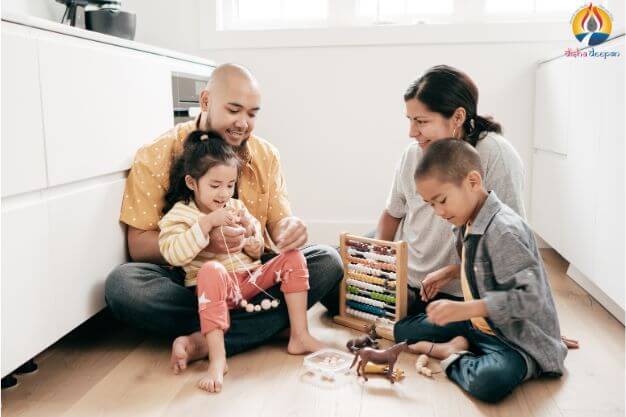Gender-neutral parenting is a progressive approach that fosters equality, respect, and open-mindedness in children. This blog aims to provide practical tips for implementing gender-neutral parenting seamlessly into your everyday life. From language choices to toy selections, let’s explore ways to create an inclusive environment that encourages self-expression and dismantles gender stereotypes.
Redefining Language: Beyond Traditional Pronouns
Language plays a pivotal role in shaping our understanding of gender. In gender-neutral parenting, consider using inclusive language that goes beyond traditional pronouns. Instead of defaulting to ‘he’ or ‘she,’ opt for gender-neutral terms like ‘they’ when referring to individuals. This small adjustment helps break down binary norms and promotes a more expansive view of gender.
Furthermore, encourage your child to express their gender identity authentically. Whether they identify with traditionally masculine or feminine terms or prefer gender-neutral labels, supporting their language choices contributes to a more affirming environment.
Diverse Toy Choices: Beyond Pink and Blue
Toys often perpetuate gender stereotypes, with pink dolls for girls and blue trucks for boys. In gender-neutral parenting, expand your child’s toy selection to include a diverse range of options. Offer toys that encourage creativity, problem-solving, and exploration without confining them to traditional gender norms.
Consider introducing toys that challenge gender roles, such as dolls for all genders or building blocks that inspire both nurturing and engineering skills. This approach allows children to choose activities based on their interests rather than societal expectations.
Clothing Freedom: Letting Kids Choose
Break free from the constraints of traditional gendered clothing. Allow your child the freedom to choose their attire based on personal preferences rather than societal expectations. Encourage a wardrobe that reflects their individuality, whether that includes dresses, pants, or a mix of both.
By removing the notion that certain clothes are exclusive to a particular gender, you empower your child to make choices based on comfort and personal style. This fosters a sense of autonomy and self-expression from an early age.
Inclusive Educational Resources
Select books, movies, and educational materials that challenge gender norms and celebrate diversity. Seek out stories that feature characters breaking traditional gender roles or engaging in activities traditionally associated with the opposite gender. This exposure broadens your child’s understanding of the diverse ways people express their identities.
Engage in open conversations about the content your child consumes, discussing how different genders are portrayed and challenging any stereotypes that may arise. This critical thinking helps them navigate societal narratives with a discerning and inclusive perspective.
Encouraging Hobbies Based on Interest, Not Gender
Rather than steering your child toward activities based on societal expectations, encourage hobbies and interests based on their genuine curiosity and passion. Whether it’s sports, arts, or STEM-related activities, allow them to explore a variety of pursuits without assigning gendered expectations to each.
Foster an environment where your child feels free to express their interests without the pressure of conforming to gender norms. This approach lays the foundation for a future where they pursue careers and hobbies based on genuine interest and skill rather than perceived gender appropriateness.
Navigating Pronouns and Gender Identity
In gender-neutral parenting, it’s essential to create a space where your child feels comfortable exploring their gender identity. If your child expresses preferences for specific pronouns or identifies outside the traditional gender binary, respect and affirm their choices. This support is crucial in nurturing their self-confidence and self-discovery.
Educate yourself about various gender identities, and be open to learning alongside your child. Seek resources and communities that guide navigating the complexities of gender identity in a supportive and understanding manner.
Modelling Gender-Neutral Behavior
Children learn by example. Model gender-neutral behaviour in your actions and interactions. Share responsibilities and chores without assigning tasks based on traditional gender roles. Demonstrate that everyone in the family contributes according to their abilities and interests, irrespective of gender.
By embodying gender-neutral values in your daily life, you provide a consistent and authentic example for your child. This modelling reinforces the idea that equality and respect are integral components of a healthy family dynamic.
Conclusion:
Gender-neutral parenting is a journey of intentional choices and conscious efforts to create an inclusive environment for your child. By redefining language, diversifying toy choices, embracing clothing freedom, and fostering inclusive educational experiences, you empower your child to navigate the world with a broad and accepting perspective on gender. Let’s embark on this journey together, breaking down barriers and fostering a future of equality and understanding.

